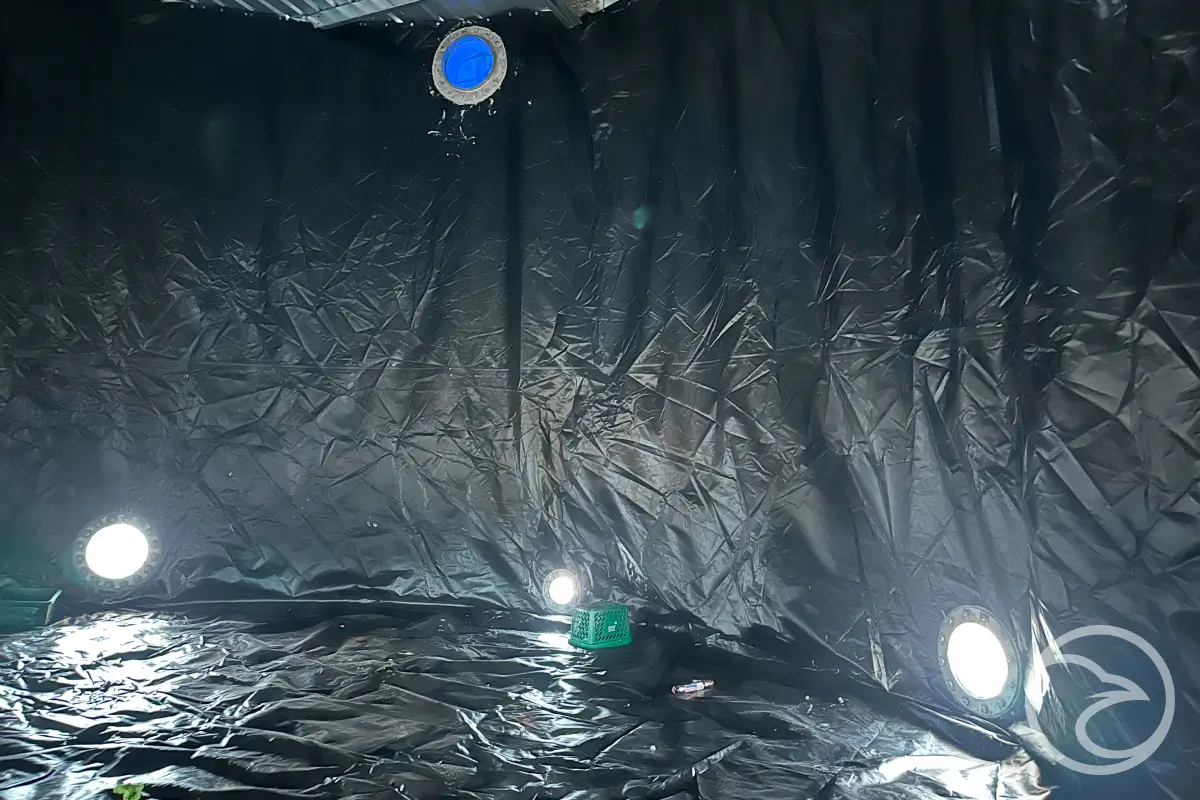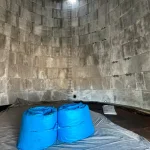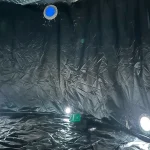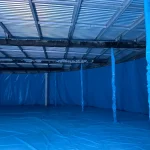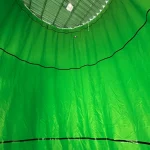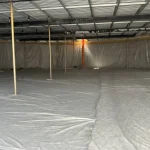From commercial buildings to rural farms, the demand for reliable liners has never been higher. Modern engineering requires safe and durable solutions for water storage, chemical containment, and architectural design. Void liners, secondary containment liners, and custom pool liners play a vital role in ensuring long-lasting protection. At the same time, durable void liners, rural tank liners, and architectural fabrication solutions provide innovative ways to combine safety with functionality.
What are Void Liners and why they Matter
Void liners are engineered membranes designed to fill or protect empty spaces within construction and industrial systems. They prevent leaks, resist pressure, and safeguard structures from long-term damage. In commercial buildings, void liners are often used in basements, subfloors, or underground containment areas where waterproofing and stability are critical.
By choosing void liners, industries protect their infrastructure against water intrusion, chemical leakage, and soil erosion. These liners are a cost-effective investment that enhances structural reliability and reduces future maintenance costs.
Durable Void Liners for Long-Term Protection
Not all liners are built the same. Durable void liners stand out because they are manufactured with reinforced materials such as HDPE (high-density polyethylene), PVC, or EPDM rubber.
These materials are designed to withstand:
- Continuous water pressure.
- Harsh chemical exposure.
- Extreme weather conditions.
Durable void liners extend the lifespan of tanks, basements, and industrial storage systems. For facilities that demand 24/7 protection, investing in heavy-duty liners ensures long-term reliability and reduced risk of leaks or failures.
Secondary Containment Liners for Safety and Compliance
Industries that handle fuel, chemicals, or fire protection systems must meet strict compliance standards. Secondary containment liners are essential in these cases, creating an extra barrier that prevents leaks from contaminating soil or groundwater.
Applications include:
- Fire water tanks.
- Chemical storage tanks.
- Substation containments.
- Industrial bunds.
By installing secondary containment liners, businesses meet Australian safety regulations while protecting the environment. These liners also reduce liability risks by preventing hazardous leaks and ensuring safe long-term storage.
Architectural Fabrication Solutions with Custom Liners
Beyond industrial use, liners are also becoming part of architectural fabrication solutions. Modern construction often requires advanced waterproofing systems integrated into the design of buildings and infrastructure.
Custom-fabricated liners are used in:
- Below-ground substation containments.
- Foundations and basements.
- Commercial water features.
- Large urban projects.
Architectural fabrication combines precision design with functional liners, ensuring both aesthetics and safety. This approach allows engineers and architects to create durable spaces without compromising on design vision.
Custom Pool Liners for Residential & Commercial Projects
Swimming pools require a watertight, durable, and aesthetically pleasing solution. Custom pool liners are the answer for both residential backyards and commercial facilities such as hotels, gyms, and aquatic centres.
Benefits of custom pool liners include:
- Perfect fit for any pool shape or size.
- Wide choice of designs and finishes.
- Long-lasting waterproofing performance.
- Easier and more cost-effective replacement compared to concrete.
Custom liners not only improve the appearance of a pool but also provide a safer, cleaner, and more enjoyable swimming experience.
Rural Tank Liners for Agriculture & Water Storage
In rural Australia, water is one of the most valuable resources. Farmers and agricultural businesses depend on reliable storage solutions for rainwater, irrigation, and livestock. Rural tank liners are specifically designed to keep water clean, safe, and free from leaks.
Advantages of rural tank liners:
- Protect concrete or steel rural tanks from corrosion.
- Extend the lifespan of older water storage systems.
- Provide food-grade safety for drinking water.
- Reduce evaporation and water loss.
For communities where water storage is vital, rural tank liners offer an affordable and sustainable solution.
Choosing the Right Liner for Your Project
With so many options available, selecting the right liner depends on your project’s needs:
- Use void liners when protecting underground spaces, subfloors, or construction voids.
- Choose durable void liners for long-term protection against chemicals, pressure, and weather.
- Install secondary containment liners for compliance in industrial and fire water storage.
- Consider architectural fabrication solutions when integrating liners into building designs.
- Select custom pool liners for tailored swimming pool projects.
- Opt for rural tank liners to secure agricultural water storage.
Each type of liner is designed for specific challenges, and working with professionals ensures you get the best solution.
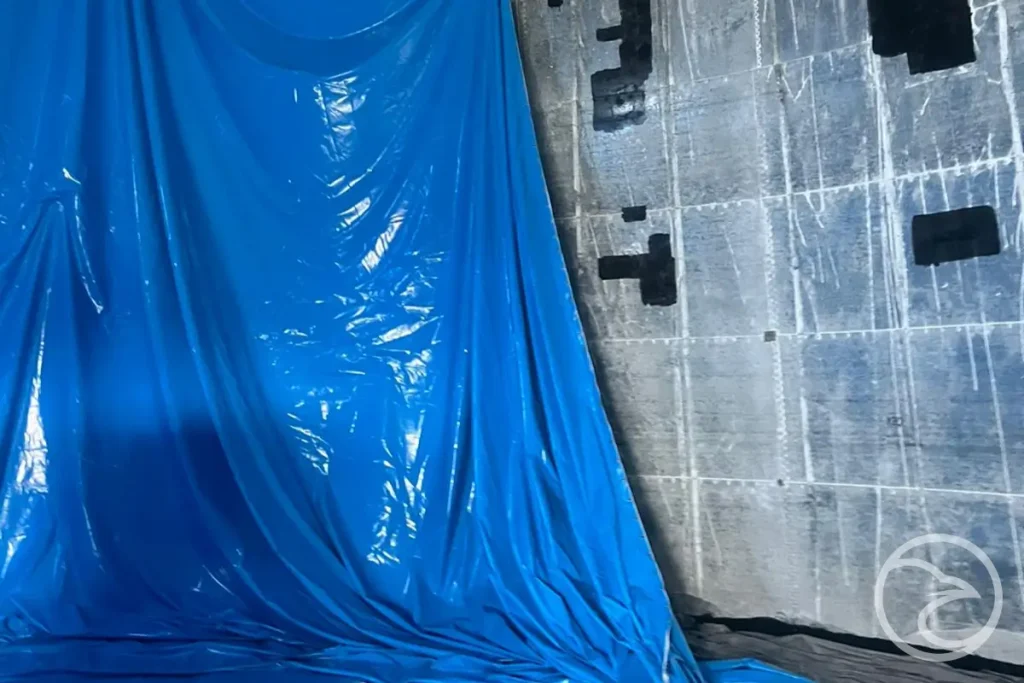
Conclusion
From durable void liners in industrial facilities to custom pool liners in residential projects, modern liner solutions play a vital role in water storage, safety, and structural protection. Secondary containment liners safeguard against hazardous leaks, while rural tank liners keep water supplies reliable in farming communities. And with architectural fabrication solutions, liners can now be seamlessly integrated into modern construction projects.
